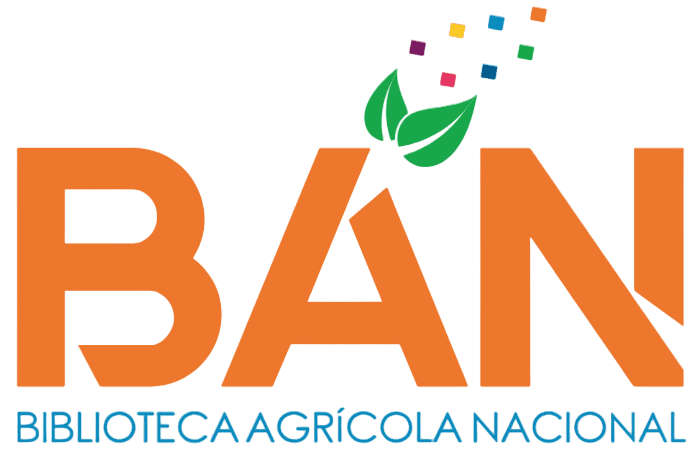Comportamiento y viabilidad de la especie Hibiscus tiliaceus (Meijo) en la arboricultura urbana del distrito de Puente Piedra, Lima
Loading...
Código QR
Authors
Fuentes Buckles, Kevin Ralph
Contact Email
Abstract
Este trabajo de suficiencia aborda la viabilidad de la especie arbórea Hibiscus tiliaceus o Meijo especie muy utilizada en la última década debido a su adaptabilidad y fácil asimilación de las condiciones climáticas y de suelo. Se evaluaron criterios ecológicos como las condiciones climáticas y edáficas del área, y se complementó con los costos y beneficios asociados con el manejo del arbolado urbano. Dichos resultados muestran que el Hibiscus tiliaceus es una especie de rápido crecimiento que se adapta bien a las condiciones del distrito, aunque su mantenimiento genera un costo elevado debido al riego y labores de poda, que representa el mayor gasto para la Subgerencia de Parques y Jardines. A pesar de sus beneficios ecosistémicos, se detectó un déficit económico anual de S/ 6,878.30 en la población evaluada, lo que sugiere que los beneficios no justifican los costos asociados. Entre los problemas principales, se destacan las caídas de las ramas y de los mismos individuos por el peso debido a las insuficientes labores de poda; interferencias con cámaras de vigilancia, lo que afecta la seguridad ciudadana en un distrito catalogado como “en emergencia”. Se sugieren mejoras en la metodología de valorización, que actualmente no considera el valor ecológico completo de los árboles urbanos, y se recomienda realizar evaluaciones más detalladas sobre las condiciones de cada sitio antes de la siembra de nuevas especies arbóreas. El trabajo resalta la importancia de un enfoque integral para la gestión del arbolado urbano, que contemple tanto los aspectos económicos como ecológicos y de seguridad.
This sufficiency study addresses the viability of the tree species Hibiscus tiliaceus or Meijo, a species widely used in the last decade due to its adaptability and easy assimilation to climatic and soil conditions. Ecological criteria such as the climatic and soil conditions of the area were evaluated, and the costs and benefits associated with urban tree management were also assessed. These results show that Hibiscus tiliaceus is a fast-growing species that adapts well to the district's conditions, although its maintenance generates a high cost due to irrigation and pruning, which represents the largest expense for the Parks and Gardens Sub-directorate. Despite its ecosystem benefits, an annual economic deficit of S/ 6,878.30 was detected in the evaluated population, suggesting that the benefits do not justify the associated costs. Among the main problems, the fall of branches and individuals themselves stand out due to the weight caused by insufficient pruning efforts; Interference with surveillance cameras, which affects public safety in a district classified as "in emergency." Improvements are suggested to the valuation methodology, which currently does not consider the full ecological value of urban trees, and more detailed assessments of the conditions of each site are recommended before planting new tree species. The paper highlights the importance of a comprehensive approach to urban tree management, which considers economic, ecological, and safety aspects.
This sufficiency study addresses the viability of the tree species Hibiscus tiliaceus or Meijo, a species widely used in the last decade due to its adaptability and easy assimilation to climatic and soil conditions. Ecological criteria such as the climatic and soil conditions of the area were evaluated, and the costs and benefits associated with urban tree management were also assessed. These results show that Hibiscus tiliaceus is a fast-growing species that adapts well to the district's conditions, although its maintenance generates a high cost due to irrigation and pruning, which represents the largest expense for the Parks and Gardens Sub-directorate. Despite its ecosystem benefits, an annual economic deficit of S/ 6,878.30 was detected in the evaluated population, suggesting that the benefits do not justify the associated costs. Among the main problems, the fall of branches and individuals themselves stand out due to the weight caused by insufficient pruning efforts; Interference with surveillance cameras, which affects public safety in a district classified as "in emergency." Improvements are suggested to the valuation methodology, which currently does not consider the full ecological value of urban trees, and more detailed assessments of the conditions of each site are recommended before planting new tree species. The paper highlights the importance of a comprehensive approach to urban tree management, which considers economic, ecological, and safety aspects.
Description
Universidad Nacional Agraria La Molina. Facultad de Ciencias Forestales. Departamento Académico de Industrias Forestales
Keywords
Manejo Forestal
Citation
Date
2025
Collections
Seleccionar año de consulta:
Licencia de uso

Excepto si se señala otra cosa, la licencia del ítem se describe como info:eu-repo/semantics/openAccess

